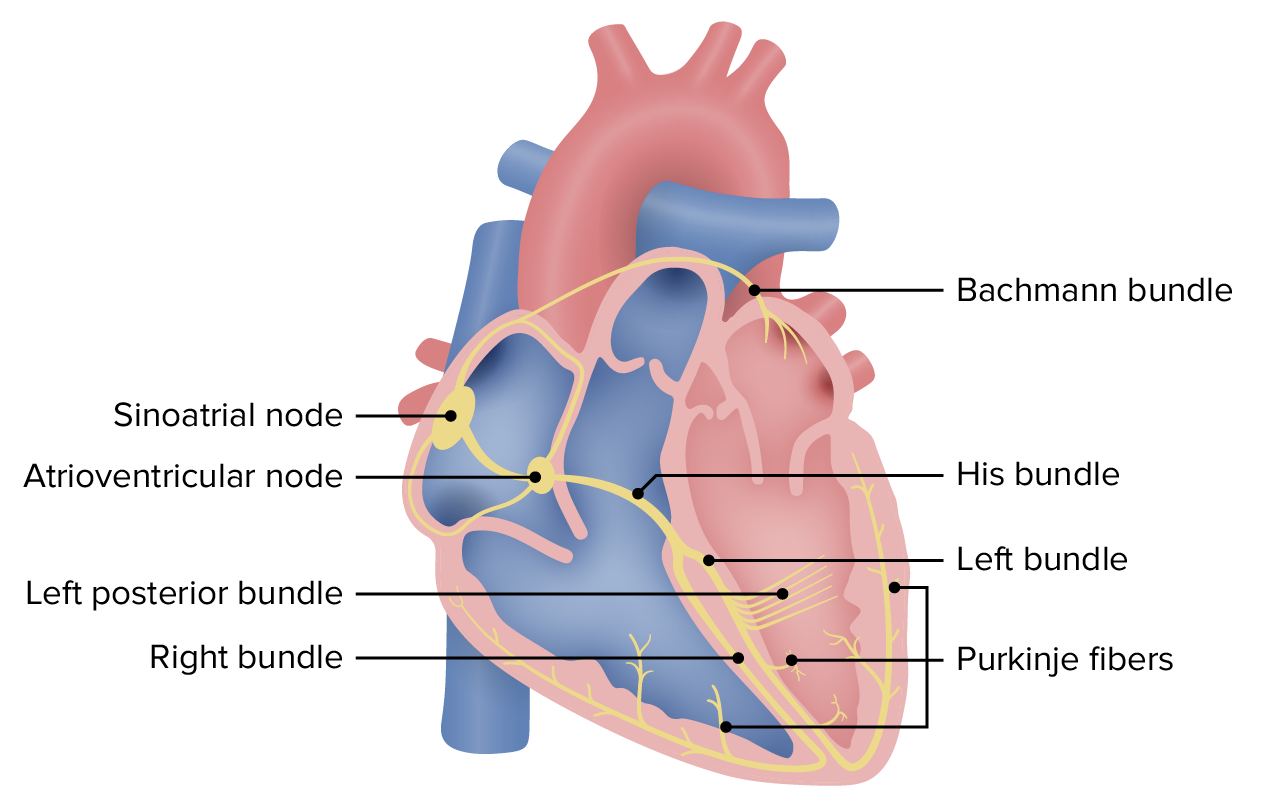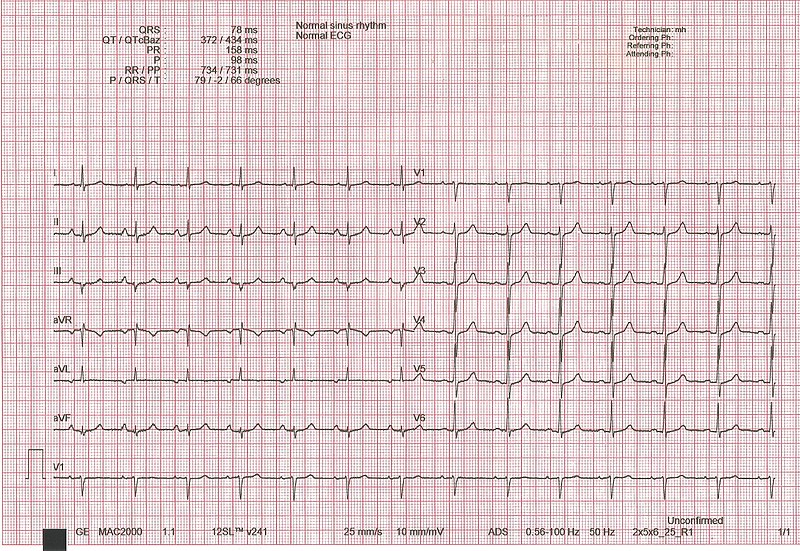Playlist
Show Playlist
Hide Playlist
Tachycardia: Atrial Fibrillation: Signs and Symptoms
-
Slides Tachyarrhythmia Atrial Fibrilation Cardiovascular Pathology.pdf
-
Download Lecture Overview
00:01 Now with atrial fibrillation, what is the patient feeling? It could be 300 beats per minute. Wow, palpitations, irregular heart rhythm. Is that clear? So an EKG you will not have a regular rhythm at all. Fatigue, angina, dyspnea, lightheadedness, syncope. What is going on with all those, please? Decreased cardiac output. You lose the proper ability of kicking blood into left ventricle so that you can supply oxygen to the tissues. Angina, sure, why not? Once again. You have increased the work, haven't you? So maybe you can't keep up with the demand for oxygen of the heart resulting in angina and chest pain. So now you are seeing that as we go through medicine here really pathology is medicine. I mean just it comes under an umbrella, but it is really you being able to come up with differentials based on the fact that well your patient is feeling chest pain, but that could be so many different things. So you read the rest of the story. You ask the patient the right questions so that you can arrive at the proper diagnosis. You start doing that now, you will never go wrong. Atrial fibrillation. Remember all of this is part of SVT. What does that mean to you? What is your objective? Clinically, medically. 01:18 You want to prevent this arrhythmia or any type of arrhythmia from going into the ventricles, why? Because once you hit the ventricles, my goodness then you cause complete disorganisation of ventricular rhythm. You may then compromise cardiac output. It may result in ventricular fibrillation and death. You don't want that. Important causes include hypertensive heart disease. Hypertension, 140/90. Our comment is that in the US or really in the world, extremely common as we get older, atrial fibrillation, ischemic heart disease once again coronary artery disease, atherosclerosis extremely common. Hyperthyroidism, endocrinology extremely common. Alcohol, pulmonary embolus. Take a look at these. These are important differentials or etiologies, which occur quite commonly. Therefore atrial fibrillation is quite common. And so therefore, you really want to pay attention to that clot formation perhaps in the left atrium more commonly in you the left atrium.
About the Lecture
The lecture Tachycardia: Atrial Fibrillation: Signs and Symptoms by Carlo Raj, MD is from the course Arrhythmias: Basic Principles with Carlo Raj.
Included Quiz Questions
Which of the following is a characteristic clinical manifestation of atrial fibrillation?
- Irregular heart rhythm
- Bradycardia
- Seizures
- Ataxia
- Dysarthria
Customer reviews
5,0 of 5 stars
| 5 Stars |
|
5 |
| 4 Stars |
|
0 |
| 3 Stars |
|
0 |
| 2 Stars |
|
0 |
| 1 Star |
|
0 |







